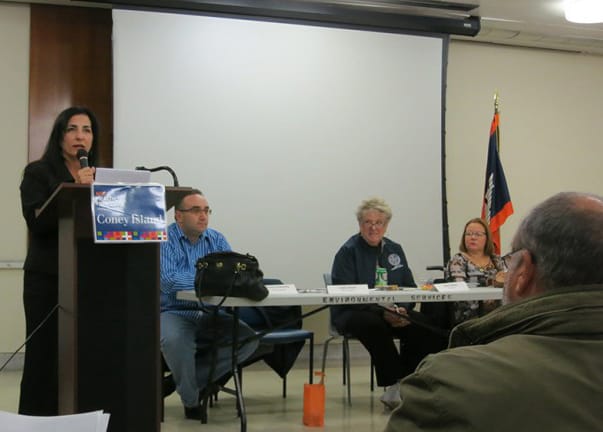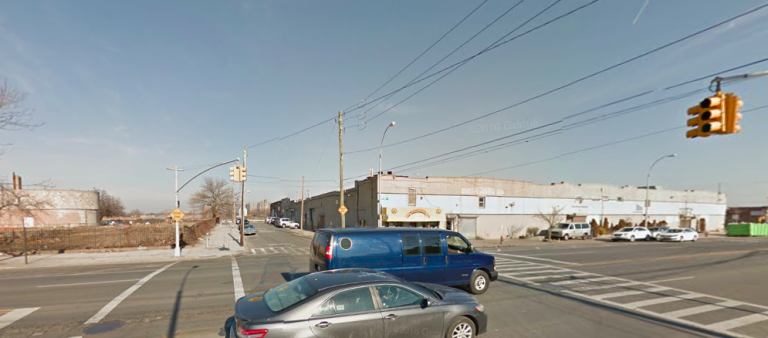Coney Island A “Dumping Ground For Homeless Shelters” Locals Complain In Protest to Proposed Shelter


Coney Island residents are not pleased about the homeless shelter likely coming to their neighborhood — especially because they were never consulted about it.
According to representatives of Coney’s Community Board 13, the board was not at all consulted in regards to the pending family homeless shelter, to be located at the corner of Neptune Avenue and West 23rd Street. The proposal for the shelter is currently pending before the City, said sources familiar with the project.
The proposal comes from non-profit Women In Need (WIN), a group currently operating 10 family shelters serving roughly 1,400 homeless families and run by former mayoral candidate Christine Quinn, according to the group’s website.

At Community Board 13’s monthly general meeting this Wednesday, residents and politicians alike were very vocal in their frustration and disapproval with the idea of the shelter being located in their neighborhood. Indeed, project details remain sparse, and neither residents nor Community Board 13 have yet to receive any information about the project from city or developer. While this is within the city’s legal means, residents still find it contemptible and unneighborly.
“We are all aware of the homeless crisis in our city,” Senator Diane Savino told her constituents at Wednesday’s meeting, going on to articulate that this fact does not give the city an excuse to use areas with lower property values, such as Coney Island, as “dumping grounds” for homeless shelters. According to Savino, the area’s economy would benefit better from for-profit businesses.
“It’s not about NIMBY-ism,” Savino insisted, arguing that the city is overly reliant on the outer boroughs when it comes to housing the homeless. As well, Savino went on, the city fails to communicate with the burdened neighborhoods, putting the homeless in local hotels in the Coney Island area without informing the community.
“If you’ve been paying attention to what happened in Queens, there’s been incredible opposition,” she noted, referencing a recently scrapped plan to build a homeless shelter in Maspeth that met with massive community protest.
Residents expressed similar concerns to their senator.
“The proposed shelter will sit in the heart of a residential block near four schools,” Queenie Huling of the South Brooklyn chapter of the National Action Network said at the meeting, noting that the area is still recovering from Hurricane Sandy and that “the west end of Coney currently has three adult-assisted homes” and that there are two halfway houses on Neptune Avenue alone.
One audience member complained that area hangout spots have become overrun with the homeless, preventing locals from enjoying the resources.
As well, there is an environmental concern for the location of the site in a factory building which previously housed the Brooklyn Yarn and Dye Company, a significant polluter of the toxic Coney Island Creek, according to Coney Island History Project. While the structure was most recently home to a community health center, that was destroyed during Superstorm Sandy, and the City has considered the building next to the would-be shelter for a flood control barrier, the History Project further reported.




